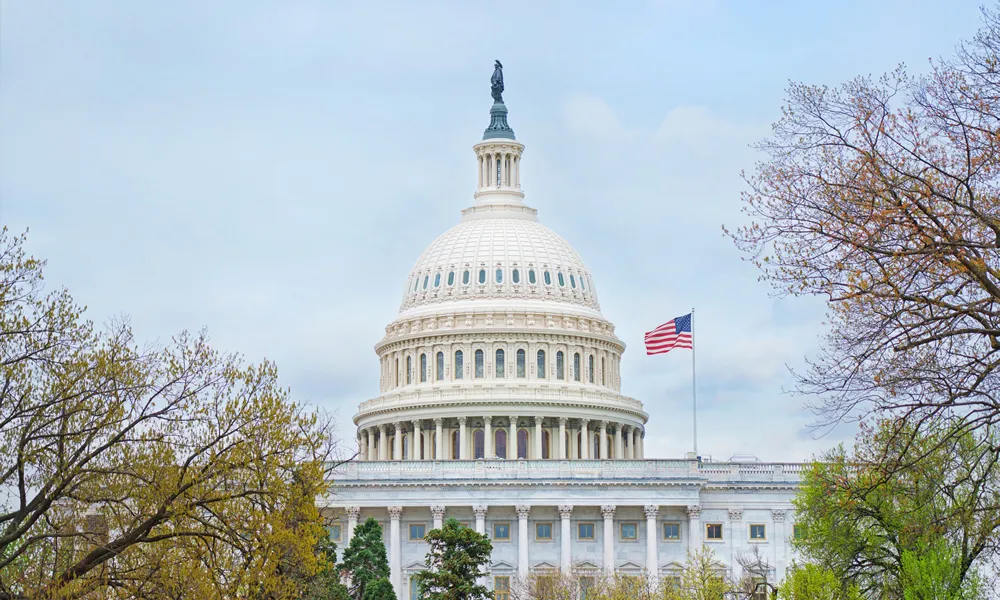The U.S. government largely shut down on Wednesday after sharp partisan rifts blocked Congress and the White House from agreeing on federal funding, triggering what could become a prolonged standoff and putting thousands of federal jobs at risk.
With no resolution in sight, agencies warned that this would be the 15th such shutdown since 1981, delaying the release of September’s employment report, disrupting air travel, suspending scientific research, cutting pay for U.S. troops, and furloughing an estimated 750,000 federal workers at a daily cost of around $400 million.
President Trump—who has already overseen plans to reduce the federal workforce by some 300,000 by December—issued a stark warning to congressional Democrats, saying the shutdown could pave the way for “irreversible” cuts to jobs and programmes.
The shutdown began just hours after the Senate rejected a short-term spending bill intended to maintain government operations through November 21. Democrats opposed it because Republicans refused to extend health benefits for millions whose coverage is set to expire at year-end; Republicans insisted that health care must be handled separately.
The crux of the funding dispute centers on $1.7 trillion allocated to agency operations—around a quarter of the federal budget—while the rest covers health, retirement programmes, and interest on the overwhelming $37.5 trillion national debt.
Analysts warn that this shutdown may outlast previous ones, especially as Trump and administration allies threaten to penalise Democrats by slashing federal programmes and payrolls. Budget director Russell Vought—who has publicly called for “less bipartisan” budgeting—recently floated the possibility of permanent layoffs should the impasse persist.
Markets reacted swiftly: Wall Street futures dipped, gold hit record highs, and Asian stocks wavered amid concerns over delayed economic data and job losses. Meanwhile, the dollar hovered near a one‑week low against major currencies.
The longest U.S. government shutdown to date was the 35-day closure during late 2018 and early 2019, under Trump’s first term, prompted by a budget fight over border security.
Senate Democratic leader Chuck Schumer accused Republicans of attempting to “bully” Democrats into concessions, while Senate Majority Leader John Thune claimed the failed short-term bill was a neutral measure devoid of partisan provisions. Thune later said that the shutdown is purely political, arguing there was “no substantive reason” for the government to close.
Despite Republican control of both houses, Senate rules require 60 votes to advance funding bills, necessitating bipartisan support. That means the backing of at least a handful of Democrats is essential for any deal to pass.
Democrats, meanwhile, have marshalled pressure around health care funding, arguing that GOP efforts to undo subsidies and Medicaid expansions demand a unified response ahead of the 2026 midterms.
Some observers say the current political climate—with growing polarisation and mounting pressure from party bases—makes compromise even harder to achieve. University of Chicago political scientist Robert Pape warned that party leaders may struggle to pull back in the face of vocal supporters pushing for maximal positions.
In recent days, Trump released a manipulated video depicting Senate leader Schumer disparaging Democrats, with a grotesque caricature overlaid on House Democratic leader Hakeem Jeffries. Schumer dismissed it as juvenile, saying it illustrates how reckless the administration is being as the shutdown unfolds.
